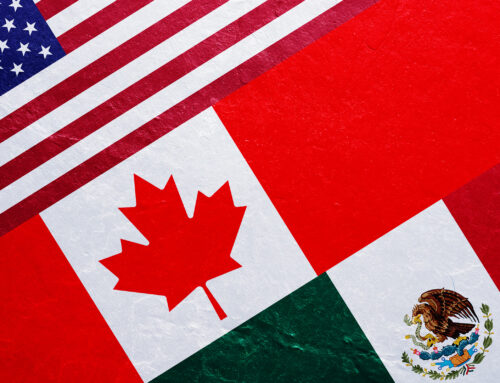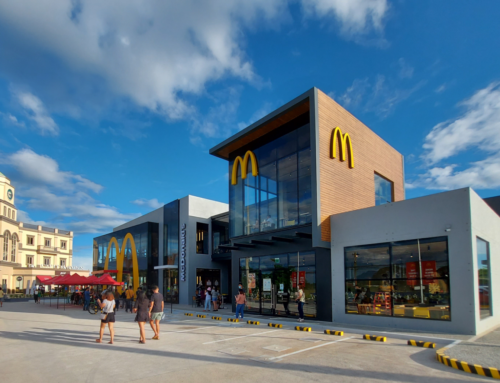by Paul Hunt – President
Imagine you’re an executive at a chocolate company. For years, the company has relied on a promotion to sell one bar for 79¢, or two for 99¢. Demand for the promotion is huge, even though you charge tax on top of the 99¢. Unfortunately, the second bar now costs more than 20¢ to make, so it is no longer viable to sell the two for 99¢. What do you do?
Choosing The Right Price Point
If your company is like most, some executives will want to price the bars at just over $1, so they can promote two for $1.05. Others may disagree, opting instead for two for $1.09, or maybe two for $1.19, or even, perhaps, two for $1.29. Finally, to determine the best course of action, you run a test in a number of stores over several weeks.
This is precisely the situation that several consumer-packaged-goods companies have faced. The test results revealed that demand plummeted by more than 300% when the promotion exceeded the 99¢ price point. But interestingly, companies found that demand was lowest at two for $1.05, and then grew at two for $1.09. What do you think happened when the bars were priced at two for $1.19 and two for $1.29? If you guessed that demand was exactly the same (within statistical error) as it was for two for $1.09, you’d be right.
There are two important lessons in this case study.
First: the number “nine” really can make a difference. Second: when you exceed a pricing threshold such as 99¢, you need to find the next threshold above that price point. Otherwise, you will be leaving a lot of money on the table. For example, instead of pricing at two for $1.09, you will earn a much higher profit — with no decline in demand –if you price at two for $1.29.
According to Dr. Vinay Kanetkar of the University of Guelph, a leading expert on pricing, “research has shown that prices ending in nine make a positive difference to sales in many situations. In fact, in North America, research has found that prices ending in nine generate 12% more sales on average than a price that ends in either eight or zero. However, you should keep in mind that there are cultural differences. For example, in China, there is a preference for endings in eight (recall the last summer Olympics started on 08-08-2008).”
So if nines are so powerful, why does Wal-Mart advertise that its price endings are different (e. g., sevens)? This is a case of strategy overriding psychology and is entirely appropriate. Wal-Mart’s strategy is to be the lowest-priced player in the market, and if ending prices with seven is considered proof of that, then seven it is!
More Techniques to Consider
As effective as nines are when it comes to the last digit in prices, there are even more powerful pricing techniques.
Dr. Kanetkar maintains that the greater impact resides in the first digit of the price, i.e., the number on the left. There has not been as much research done in this area, but there are essentially two reasons for this logic:
- Consumers read prices from left to right;
- The first digit represents a higher proportion of the purchase price — i.e., dollars versus cents.
So, for example, a promotion that lowers the price of a product from $3.79 to $3.29 may improve sales by 50%, while a sale that lowers the price from $4.29 to $3.99 will typically realize much more substantial growth of, say, up to 100%. That’s because the first digit has been reduced from four to three. This anomaly occurs despite the fact that the first promotion lowers the price by 50¢, which represents both a larger amount and a larger percentage of the original price than the second promotion.
Understanding pricing psychology can put a lot of money in your pockets. In our previous article, we wrote about the impact of pricing, noting that a 1% increase in price can lead to a 12.5% improvement in profits for the average company. Many companies, however, can achieve a significant gain just by using pricing psychology to their advantage. One major brewery, for example, estimated that, by implementing effective pricing psychology over the course of three years, it was able to drive more than $150-million in profit to the bottom line, without suffering any incremental loss in volume.
So the next time you are pricing your product or service, remember: perception is the reality!
– Paul Hunt is president of Pricing Solutions Ltd. His column on pricing appears monthly in the Financial Post.





